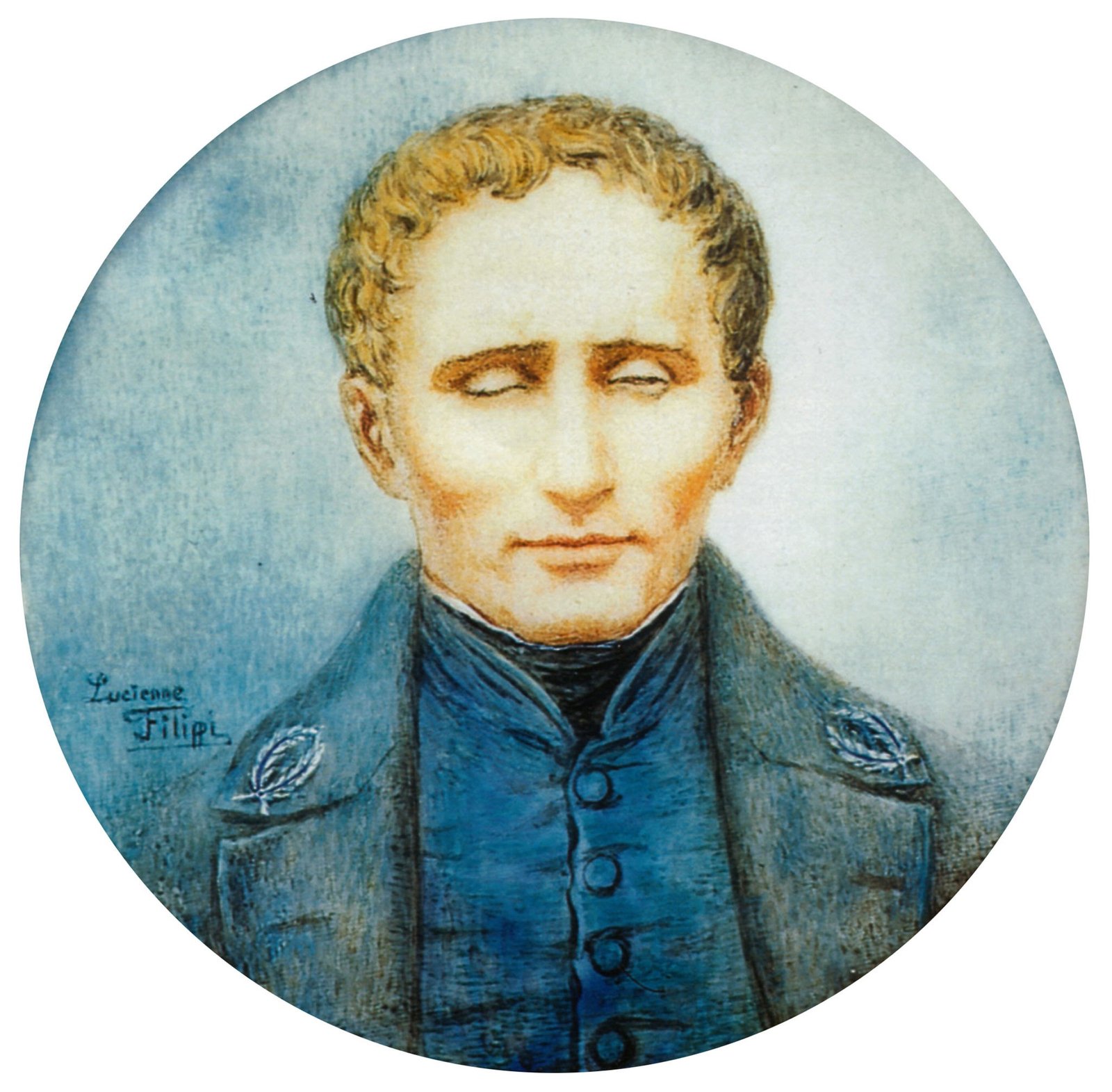Today Louis Braille’s Posthumous Birthday, We Celebrate his Braille Code Legacy

Source: legobraillebricks.com
January 4, 2024: Today is Louis Braille’s posthumous birthday born on January 4, 1809. We celebrate him and also the braille code, named after him.
Braille is a distinctive tactile writing system that enables blind and partially-sighted individuals to read and write through touch. It translates the alphabet into patterns of raised dots, each dot constellation representing a different letter, number, punctuation mark, or even musical notation. This system was ingeniously devised by Louis Braille, a French educator who was blind, and it has since become a universal code for visual information.
The fundamental unit of Braille is the ‘cell’, composed of six dots in a 3×2 configuration. This arrangement allows for 64 possible combinations, covering the full alphabet, accented letters, and other symbols. The learning of Braille typically begins with memorizing these dot combinations, with each letter or symbol being a distinct arrangement of one to six dots.
The Braille alphabet is organized into logical sets based on the dot patterns. The first set of ten letters (A to J) uses the top four dots. The second set (K to T) adds a fifth dot, and the third set adds a sixth dot to form additional letters. This structured approach aids in both teaching and learning Braille. However, the letter W, added later to the French Braille alphabet, breaks this pattern due to its infrequent use in French at the time.
There are two primary types of Braille: Grade 1 and Grade 2. Grade 1, or uncontracted Braille, is a direct transcription of letters and is typically the starting point for beginners. Grade 2, or contracted Braille, is an advanced form that uses abbreviations and contractions to speed up reading and writing. It includes unique symbols for common words and letter groupings, making it more efficient for proficient users.
Reading Braille involves the use of both index fingers, moving simultaneously from left to right along the lines of text. This method, while slower than visual reading, allows for efficient navigation and comprehension of written material. Despite this, the tactile nature of Braille means that diagonal reading, common in sighted reading, is not possible.
Innovative tools like LEGO Braille Bricks have made learning Braille more interactive and inclusive. These bricks integrate Braille cells onto LEGO blocks, enabling children to learn Braille playfully. They also include printed characters, allowing sighted and blind children to learn together, fostering inclusivity.
Braille has been transformative in providing access to education and information for the visually impaired. While the learning curve can be steep and resources sometimes limited, its impact on literacy and independence for blind individuals is profound. As Braille continues to evolve with new technologies and teaching methods, its role in empowering visually impaired individuals remains as vital as ever.
Source of Image: https://www.afb.org/





